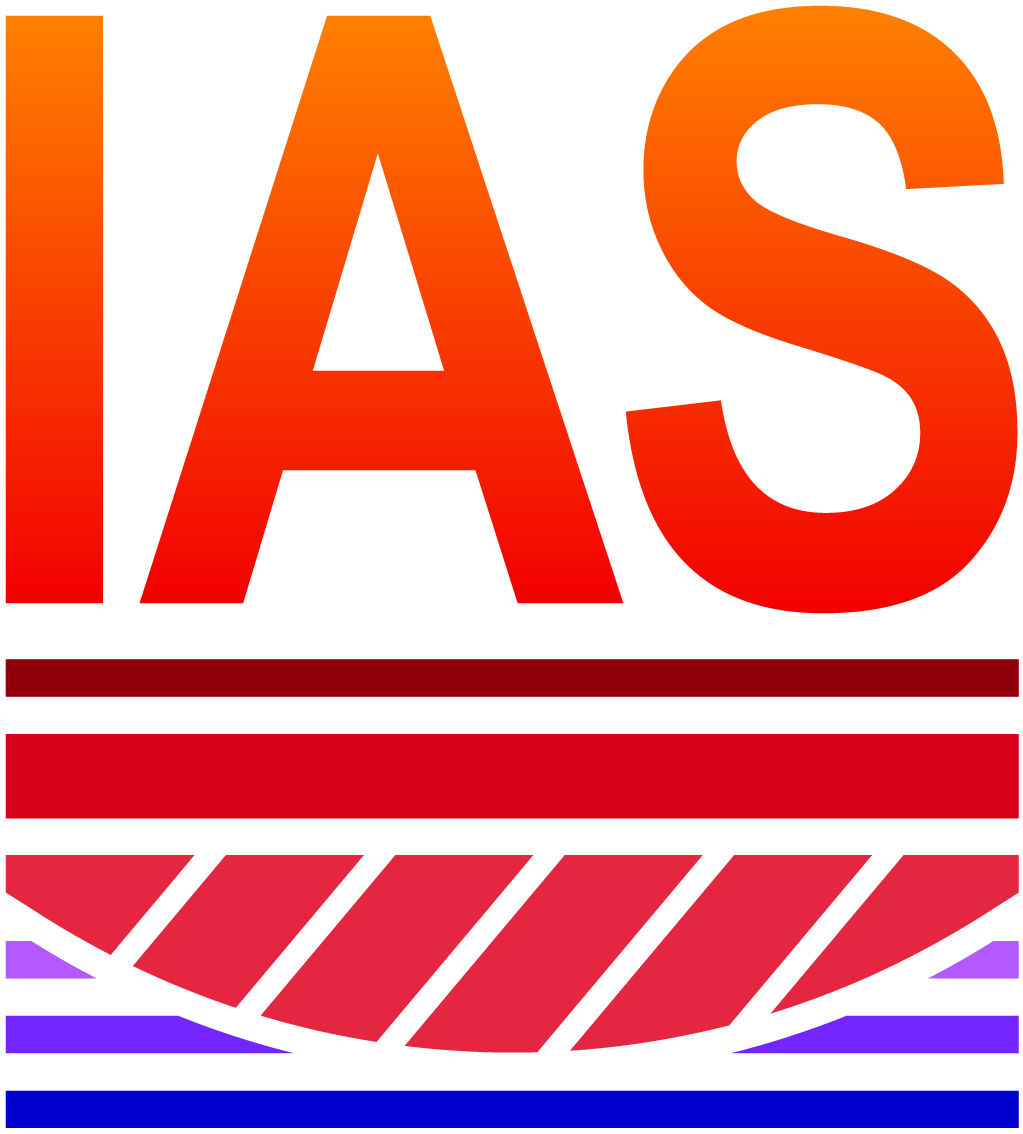JOAN MARTÍ MOLIST |
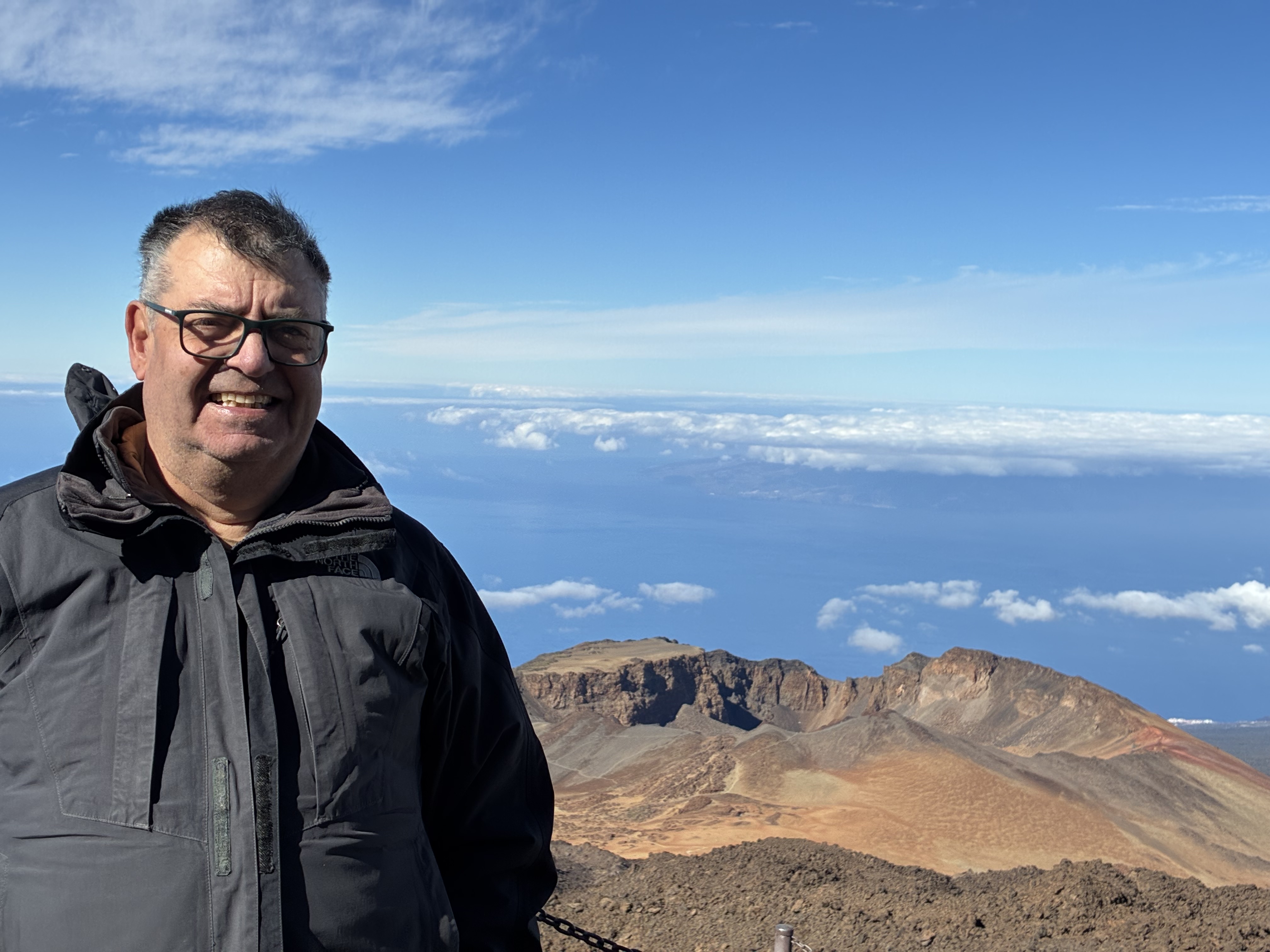 |
Deep-Earth geoheritage refers to the preservation and study of geological features and processes originating from the Earth’s interior. This emerging concept highlights the importance of Earth’s subsurface in shaping planetary evolution, climate systems, and the ongoing dynamics of the lithosphere and mantle. Deep-Earth phenomena, such as volcanic activity, plate tectonics, and mantle plumes, offer critical insights into the history of our planet and its future evolution. By examining extraordinary geological processes, such as those found in subduction zones, mantle hot spots, and deep-sea hydrothermal systems, deep-Earth geoheritage contributes to a more holistic understanding of the geological framework of Earth. As advancements in geophysical technologies enable deeper exploration, the conservation of these extraordinary sites has become increasingly important for both scientific research and cultural heritage. Moreover, deep-Earth geoheritage connects with other disciplines such as climate science, environmental studies, and even astrobiology, since the processes occurring at the interior of the Earth might provide insights into the potential habitability of other planets. As examples of Deep-Earth Geoheritage sites we can think on geothermal systems, as examples of Deep-Earth heat anomalies influencing surface processes, tectonic boundaries such as subduction zones, mid-ocean ridges, or hot spot tracks, examples of dynamic zones linking the deep Earth to the surface, or mantle plumes and volcanoes, which are directly tied to the deep Earth’s mantle processes. Finally, it is important to remark on the significance of public awareness of deep-Earth processes and the need for sustainable management of geoheritage sites that reflect internal dynamics of our planet. This contribution will explore the significance of Deep-Earth geoheritage, focusing on the potential for interdisciplinary research and the role these sites play in Earth sciences, climate research, and the future of planetary exploration. This research has been partially funded by VOLCANO grant (EC ECHO ref: 101193100 )
KAREN HOLMBERG |
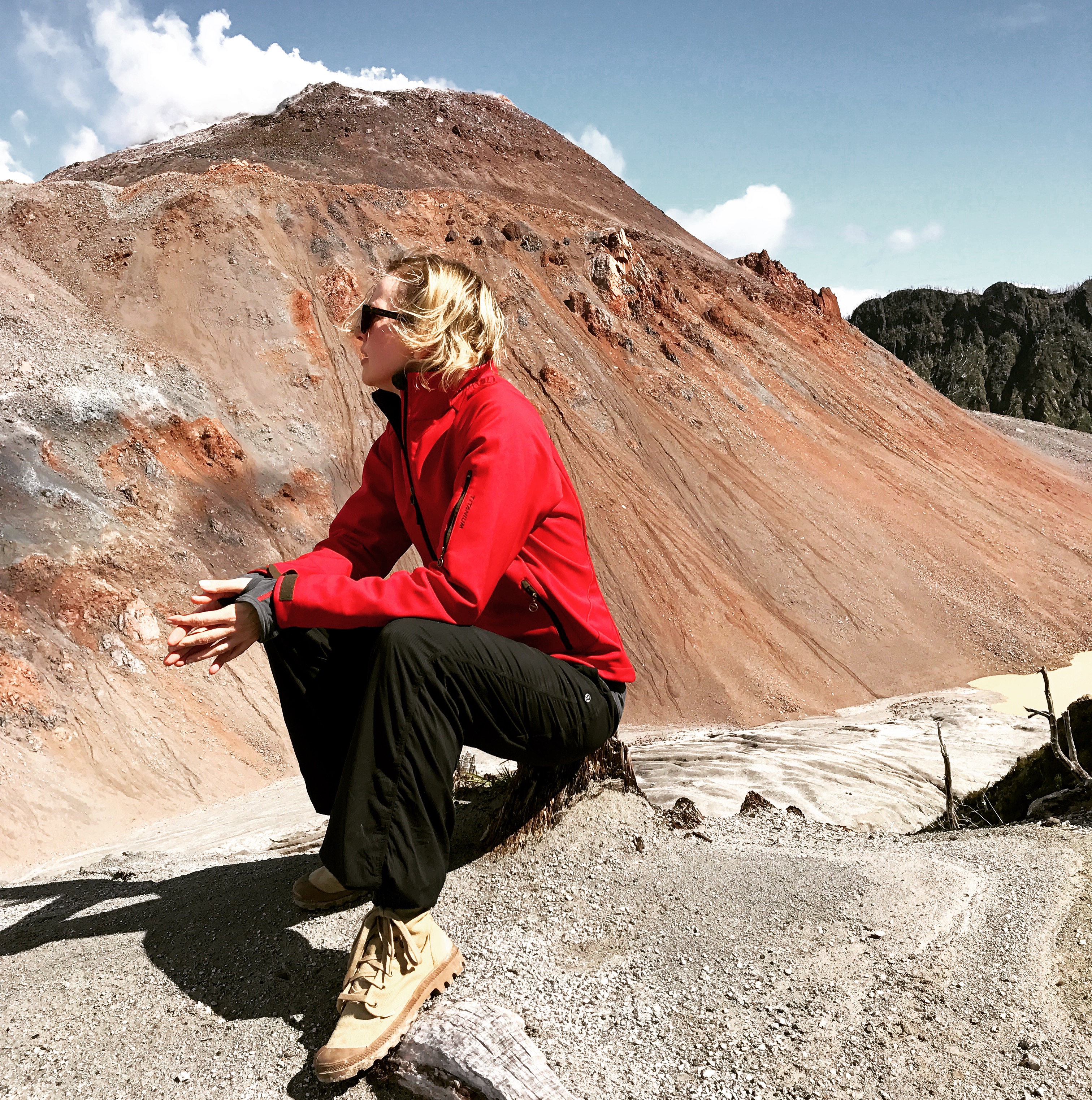 |
Volcandpark 2026 introduces and examines the concept of “deep-Earth geoheritage” through xenoliths or other fragments of far away times or places of our planet. I take this as an invitation to consider the breadth and depth of the connections between humans and the geophysical Earth and the mutual incomprehensibility of human and geological temporalities. Aldo Leopold famously extolled us to think like a mountain in order to encourage an embrace of the inviolate interconnections, long-term consequences, and ethical responsibilities we have in thinking about and acting within the natural world. Playfully, I suggest that thinking like a xenolith could nudge us to a helpful shift in scientific perspective that embraces the interconnectedness of all elements of the Earth system. I draw on examples from my transdisciplinary fieldwork with volcanic landscapes in highland Panamá (Barú), Chilean Patagonia (Chaitén), and southern Italy (Campi Flegrei) to highlight the importance of different temporalities and creative expressions of them by people in the past and present. In terms of long-term consequences and ethical responsibilities tied to volcanic landscapes, I also take our confronting historical moment as an invitation to consider the geoheritage of Mauna Loa volcano and the future.The Keeling Curve record of atmospheric CO2 began in 1958 on Mauna Loa and may end as a casualty of US politics. What do such endings mean to the Earth itself? Perhaps thinking like a xenolith could help us move beyond human-centered vantages and see ourselves as an inextricable part of the natural world. We will never “conquer” climate, per Mike Hulme’s memorable discussion. What is within our control is continued, creative approaches to studying and communicating geohazards to benefit those for whom it can make a difference.
PARASKEVI (EVI) NOMIKOU |
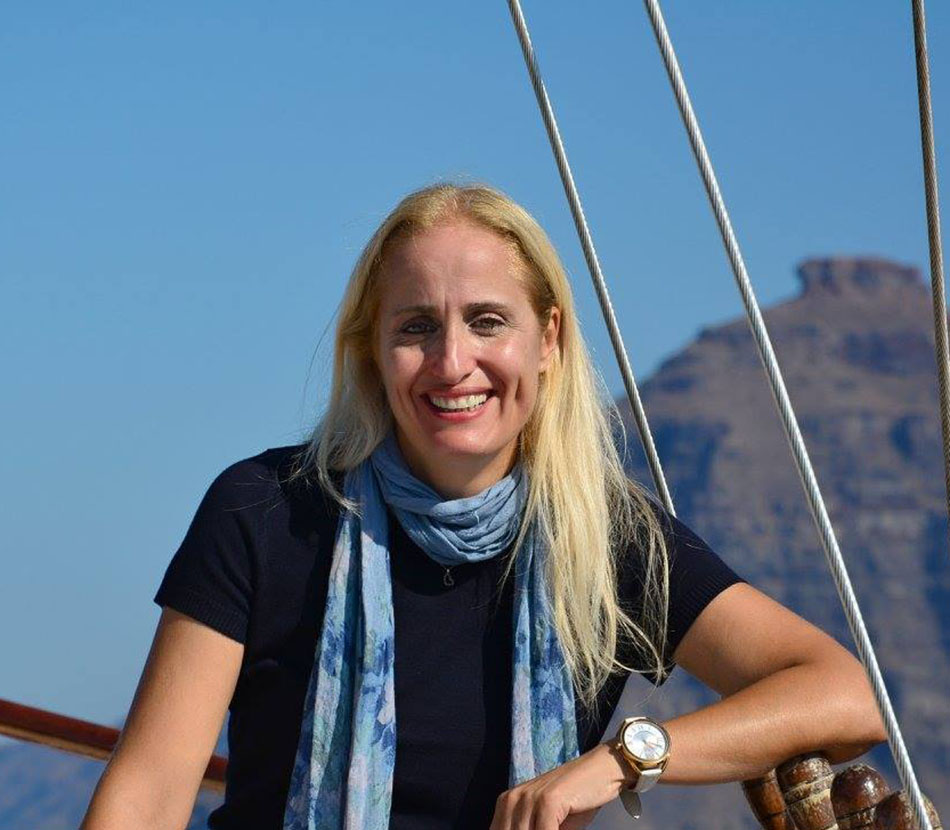 |
Volcanoes serve as natural geological laboratories, providing scientists from various disciplines, as well as young researchers and students, the chance to observe an active volcano up close. They can explore the different volcanic formations that compose its geological history and listen to the Earth's dynamic processes. The island of Nisyros, an aspiring UNESCO Global Geopark (aUGGp) located in the southeastern part of the Hellenic Volcanic Arc in the Aegean Sea, boasts spectacular geological formations that showcase the volcano's evolutionary stages. Notable geomorphological landmarks include the iconic collapse caldera and hydrothermal craters. Currently, volcanic activity is dormant, but the area exhibits high geodynamic activity and a significant hydrothermal system, evidenced by gaseous emissions from fumaroles at temperatures of 96–100 °C. The island's thermal springs from 30 to 60 °C also highlight the traditional use of geothermal resources over centuries. These features highlight the region's active volcanic history.
Equally significant is the region’s cultural and historical richness. Inhabited since antiquity and linked to the myth of Gigantomachy. Nisyros preserves important archaeological and religious landmarks like Paleokastro and the monastery of Panagia Spiliani, which reflect a long-standing cultural identity shaped by both myth and history. It is also a hub of biodiversity. The entire area falls within two Natura 2000 sites and includes three national wildlife refuges. Numerous endemic and protected species of flora, birds, and reptiles thrive here, contributing to its ecological importance in the Eastern Mediterranean.
In recent years, extensive efforts have been made to highlight and disseminate the volcanic geoheritage of Nisyros, to raise awareness about geological and biological diversity and potential volcanic hazards, targeting both local residents and a wider audience. Key initiatives include educational programs, workshops, guided tours, and summer schools, which connect people to the island's extraordinary geological and cultural history. The Geopark also leverages modern communication tools, such as mobile applications (Nisyros Geopark App and Nisyros Volcano App) and its dedicated website (www.nisyrosgeopark.gr), to ensure accessibility and engagement with diverse audiences.
Nisyros Geopark acts as a vital link between the volcanic past and the broader public, ensuring that its geoheritage is celebrated, understood, and preserved for generations to come.
BENJAMIN VAN WIJK DE VRIES |
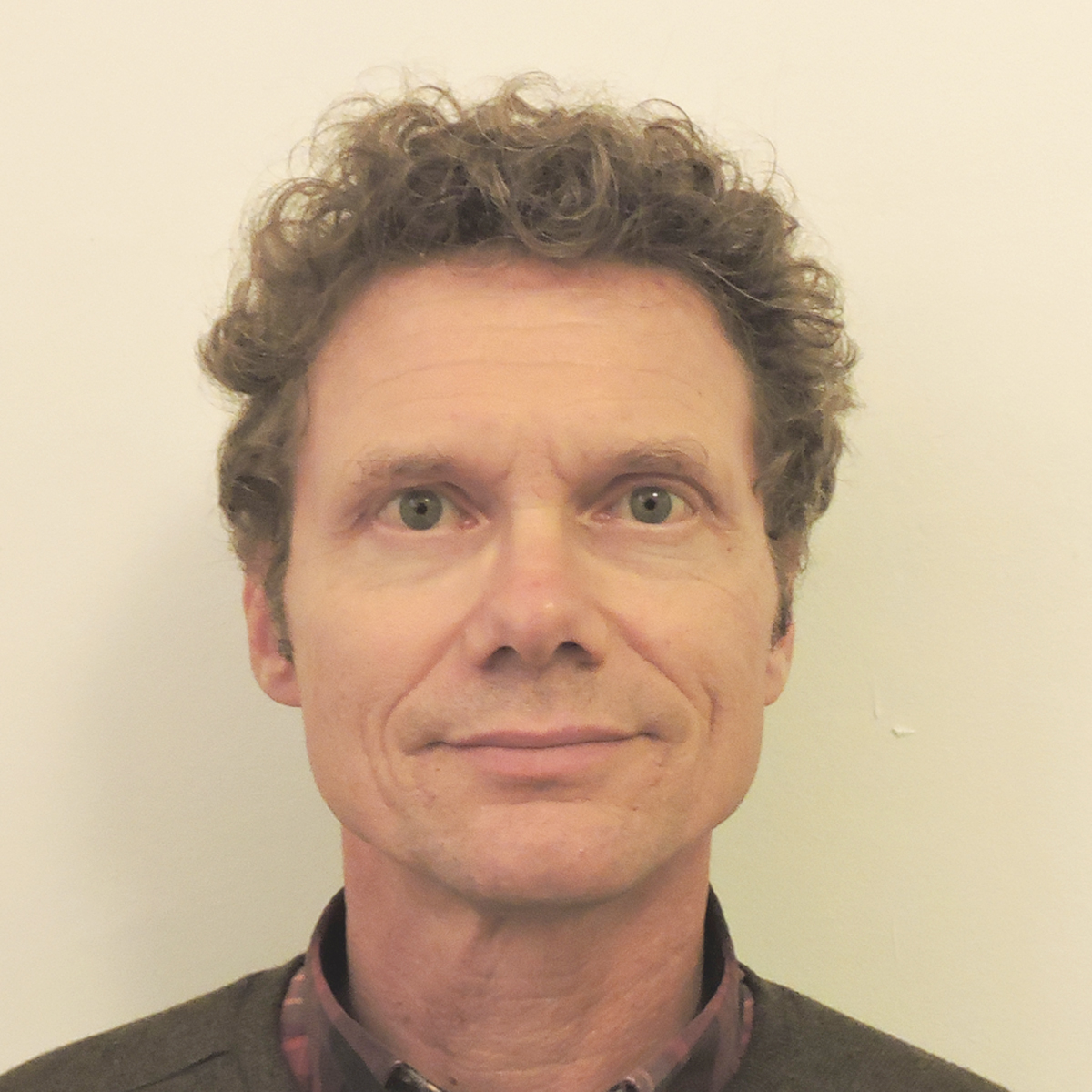 |
Volcanic parks (that is all sorts of protected areas on volcanoes) can be integral to managing the potential risks faced by communities in such areas. These risks may be from the volcano, by environmental hazards such as eruptions, floods and landslides, or may be to the volcano such as from poor management and over-tourism. Volcanoes are more than their geological entity, being geobiodiverse and culturally diverse environments. Thus, this holistic volcanic environment, that includes biodiversity and culture, provides a place and livelihood that can nourish communities, can protect them and always needs protection and careful management. This is so even if the volcano environment also produces events considered as hazards. Community Resilience in this environment can be defined as where and when that community works in a holistic way to maintain and the geological, biological and cultural balance. As communities never exists in isolation, the actors include external actors, such as government, civil organizations, individuals, visitors and scientists. The role of parks and these externals in this volcanic environment can be, but is not always that of respecting and contributing to the community. This works best for scientists (and other actors) when they play a part in the community, and respect local customs and rules. In this talk we will look at examples of community resilience around the volcanic rocks of Arequipa, Peru; around the volcanoes in lake Nicaragua; and around the volcanic environs of Mexico City, and S. Chile. We'll explore the different contexts, and ways that different community actors (including scientists) have worked to improve resilience.
MARIA FERNANDA MARTÍNEZ-BÁEZ TÉLLEZ |
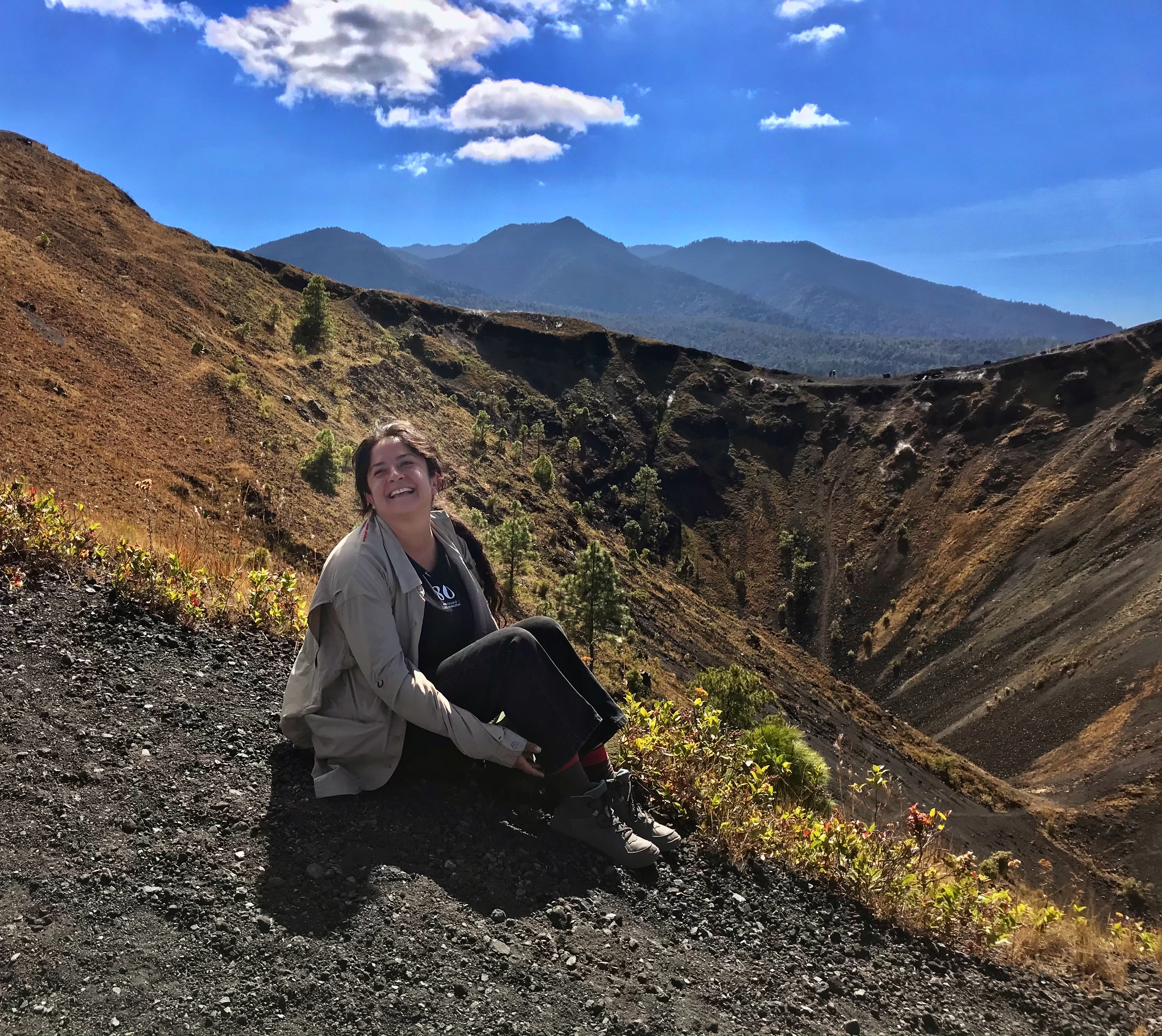 |
Volcanoes have a highly variable structure, diverse deposits and morphology that provide many diverse habitats for life to settle. Volcanic edifices can support the comprehensive development of diverse and dynamic biological communities on their surface and interior. I will discuss the nature of these biological communities and explore the impact they have on the long-term evolution of lava flows that become geobiodiverse entities. I will present my research on the extensive Xitle lava flow in Mexico City, as well as observations in Central America and Europe, including lava-life interactions, ecological processes, and the possibilities for biological cooperation within a geological framework. The geobiological approach throughout this research, has resulted in the use of the terms geobiodiversity and geobioheritage.
Using these terms is a way to emphasize the need and value for both visions to come together. Geobiodiversity provides an enhanced vision of volcanic ecosystems and landscape ecology, while geobioheritage provides a vital link for science and society for all our planet's natural features. This is integral for ecosystem services, environmental impacts, natural resources and biodiversity in volcanic landscapes. Geobioheritage in volcanoes can be used widely to describe the integrated natural and human volcanic environment. It could be effectively used to enhance the protection of both.
GINO GONZALEZ ILAMA |
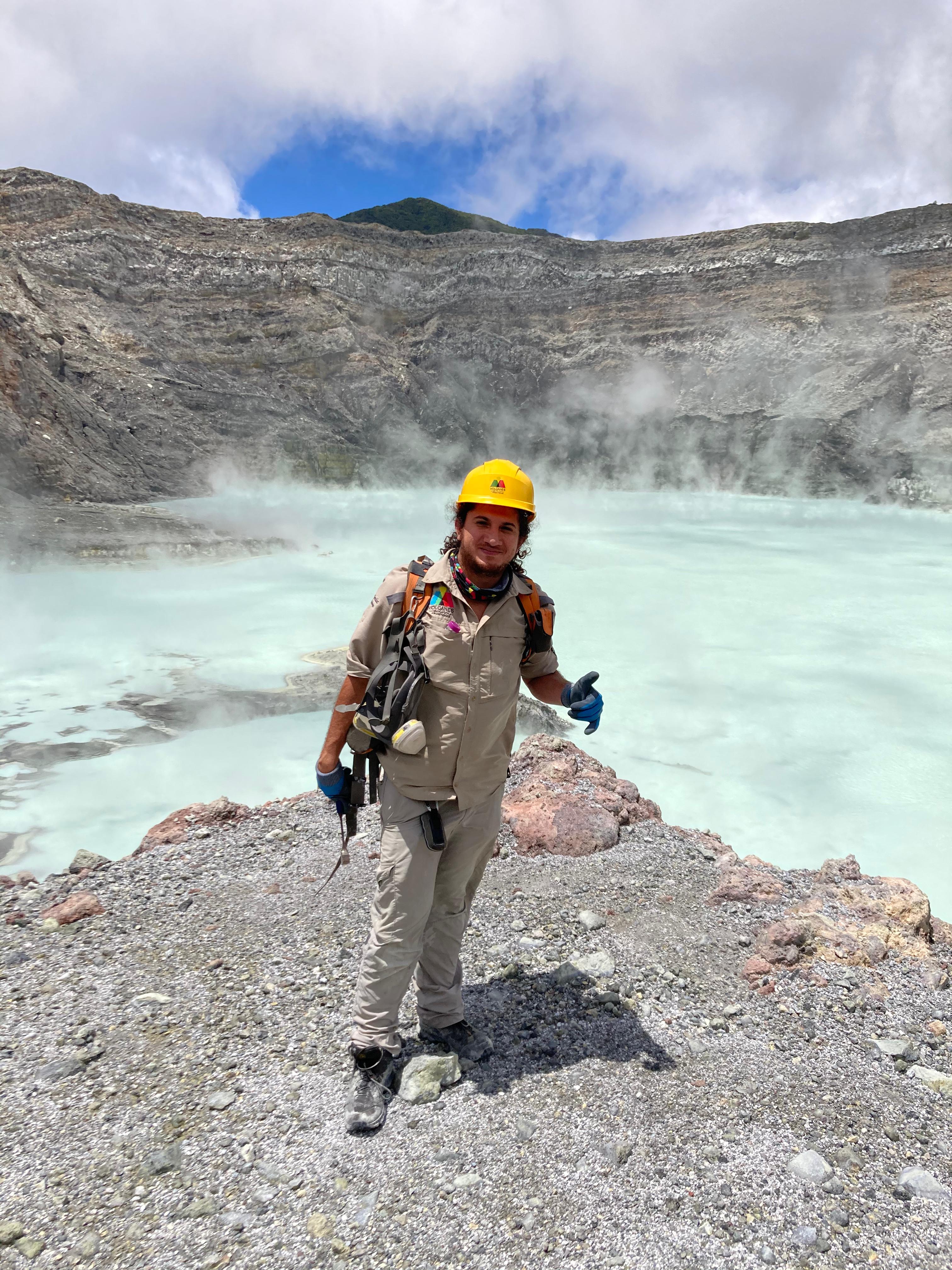 |
Born in Costa Rica. He holds a Bachelor’s degree in Geology from the University of Costa Rica and a Master’s degree in Disaster Management from the National Graduate Institute for Policy Studies (GRIPS), Tokyo, Japan, along with a Postgraduate Diploma in Seismology from the International Institute of Seismology and Earthquake Engineering, Tsukuba, Japan. The title of his master’s thesis was “A new pathway to untangle the question: was the eruption triggered by the earthquake?” He obtained his PhD in Volcanology from the University of Bari (Italy). The title of his PhD thesis was “Stratigraphy, eruptive dynamics, sedimentology and distal dispersion of the Neapolitan Yellow Tuff, Campi Flegrei, Italy.” He has worked in volcanic surveillance in Costa Rica since 2008 and has experienced several volcanic crises in the country over the years. In 2017, he co-founded the NGO “Volcanes sin Fronteras” with eight other volcano enthusiasts. He is currently a Postdoctoral Researcher at the Vesuvian Observatory of the National Institute of Geophysics and Volcanology (Italy) and serves as President of “Volcanes sin Fronteras.” He is the author or co-author of more than ten papers published in international journals, including Nature, Scientific Reports, Earth, Planets and Space, Geological Society of London, and others.
Building a life in harmony between active volcanoes and the population in Costa RicaAround 10% of the worldwide population lives less than 100 km of an active volcano. This percentage increases drastically in some regions such as Central America. Costa Rica a country with a population of 5 million, where the >90% whitin a range of 100 km from an active volcano, denotes the necessity to show to the population how volcanoes work. In 2017, Volcanes sin Fronteras, an NGO was born with the mission to generate and transfer the actual knowledge about volcanoes, to reduce the vulnerability of the population and promote and take advance of their resources. Five different main projects have been carried out to reach this mission.
1. Volcanologist for a day: we bring to non-scientist population to understand the work of the volcanoes and how the costarican territory has been modelled by different volcanic processes.
2. Olympus mountain: we work with 13 schools (children 8-11 years old) located less than 20 km from actives volcanoes giving lessons, experiments and bringing these children to their nearest volcanoes.
3. Course of volcanology and their ecosystems: We create a two days course in different volcanic areas for tourists guides, where we give specific knowledge in these topics in order to spread more advanced information to the national and international tourist.
4. Journey to the Earth interior: We teach in a special 4 months course, divided in three different modules: A. Introductive geology. B. Seismology and Earthquake Geology. C. Vulcanism. These course was opened to the non scientific population to all age public.
5. Documentary films: we generated three different short-doccumentary, free access, related with historical volcano tragedies and recent activity of three active volcanoes of Costa Rica.
Our organization is now working in the promotion of the first geopark in Costa Rica in the area of Poás volcano, an active volcano, which is one of the most visited volcano of Latin America, where most than 100k people live in its proximities. We considered that a best quality of life is knowing where we are living and the different extraordinary natural processes involved to live in a beautiful country like Costa Rica.




